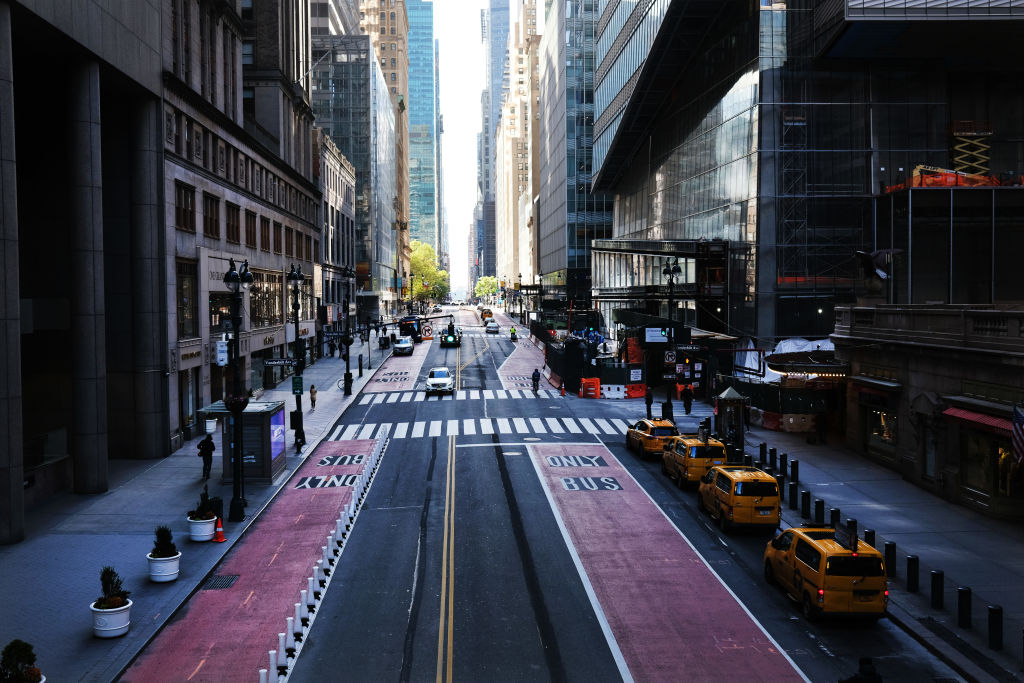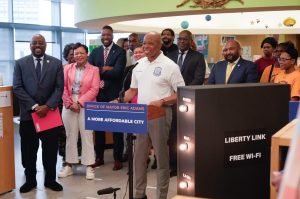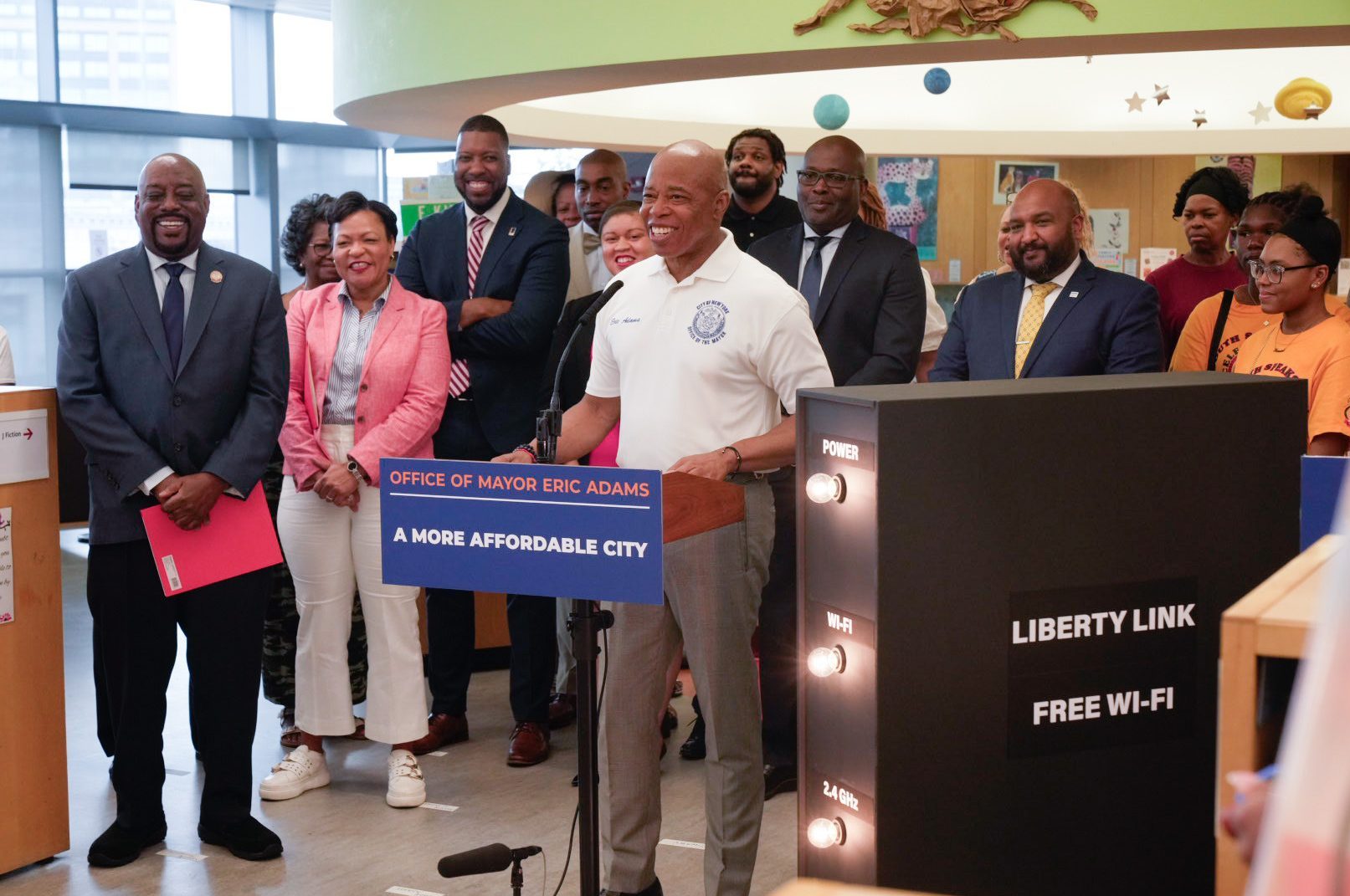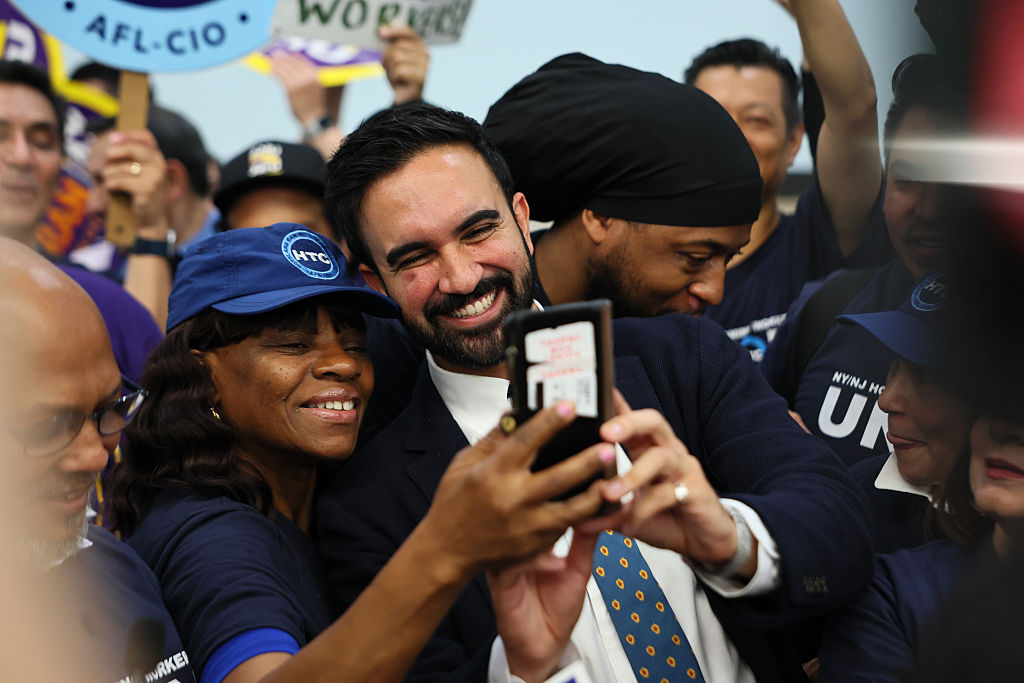Joan Didion wrote that New York is a city only for the very rich, the very poor and the very young. That was in her cult classic 1967 essay ‘Goodbye To All That’, in which she created the farewell-to-New York genre. It’s a quote I carried with me through my twenties, from one grim apartment to the next, each smaller, farther out and more expensive than the last. This is simply the nature of the place, I told myself. If you don’t like it, move somewhere else.
Many of us emerged from Mayor Mike Bloomberg’s luxury dictatorship in the aughts with a sense of battle fatigue. Some 40,000 new buildings went up during his three terms, and we watched entire neighborhoods leveled to make way for prêt-à-porter condominium blocks accommodating the waves of graduates and rich children lapping up in Brooklyn and elsewhere. There was no guarantee some exquisite, long-abandoned factory on the corner, or your favorite bar, or your barber, or the florist would still be there from one day to the next. A return to the bad old days didn’t merely seem impossible but unimaginable. New York was unstoppable, for better or worse. The city appeared to have discovered some secret to perpetual growth. If you had enough and left town, you knew 10 more people were on their way to replace you.
We should have known none of that was sustainable. Storefronts in New York change faster than the payline on a slot machine. Nothing stays open. The city itself seems to exist only on a miracle of faith. As E.B. White observed in 1948, ‘New York should have destroyed itself long ago, from panic or fire or rioting or failure of some vital supply line in its circulatory system… It should have been wiped out by a plague starting in its slums.’
In his love letter ‘Here is New York’, White marveled at the resilience of the people and their uncanny ability to escape hysteria. ‘Every facility is inadequate — the hospitals and schools and playgrounds are overcrowded, the express highways are feverish, the unimproved highways and bridges are bottlenecks; there is not enough air and not enough light, and there is usually either too much heat or too little. But the city makes up for its hazards and deficiencies by supplying its citizens with massive doses of a supplementary vitamin — the sense of belonging to something unique, cosmopolitan, mighty and unparalleled’, he wrote.
That sense is dying. The millennials who revitalized cities across the country during the aughts exported a monoculture of cool from one district to the next. You’ll find the same or reasonably comparable food, shows, and shopping in Dumbo, Dallas, Des Moines or Danville. And the rest you can just buy online and have delivered. The New York Times estimates five percent of New York City, and nearly 18 percent of Manhattan, fled during the Wuhan virus hysteria. I’d guess it was far more. Friends say their entire buildings emptied out and when rent came due roommates waved goodbye with no plans to return. When the restaurants close and lawlessness breaks out, the promise that kept so many of us here for so long, of belonging to something, doesn’t seem as dazzling for the next generation.
Cities across the country burned, police stood down and suburbs remained on edge during the George Floyd riots. Rural America slept soundly. If you live in a place like New York and weren’t thinking that it might be nice to own a gun right about now — as blocks are reduced to rubble and cops are attacked in the street — then you might be completely insane. Many cities were already hemorrhaging businesses and residents before the latest whammy of crises — COVID, the crash and the riots.
[special_offer]
Under Mayor Bill de Blasio’s leadership, New York was undergoing a net loss of about 30,000 residents a year. Americans are no longer moving to their shining cultural capital; it’s nearly all immigrants coming in. Of Joan Didion’s three New Yorks, it’s the young who are disappearing — the settlers, the starry-eyed transplants, those for whom New York is ‘the city of final destination, the city that is a goal’, as E.B. White put it. ‘Each embraces New York with the intense excitement of first love, each absorbs New York with the fresh eyes of an adventurer, each generates heat and light to dwarf the Consolidated Edison Company.’
It is those New Yorkers who gave the city its passion and peerless triumphs. The next generation’s priorities seem elsewhere, if not in left-wing politics then online, where there’s no need to be physically anywhere. As our cities decline and their frailties are exposed for all to see, will the person who journeyed to cities in quest of something simply become an old-timey motif, like the gold prospector or the rambling outlaw? City leaders have stood down to rioters and allowed the chaos to spread, declining federal help from the National Guard. When the racial unrest dies down, the lawlessness will continue to spread, as it was doing before. The mega-rich and the obscenely poor will remain.
‘Maybe New York shouldn’t survive,’ pondered President Richard Nixon during the financial crisis of the 1970s. ‘Maybe it should go through a cycle of destruction.’ Maybe he was right.

























